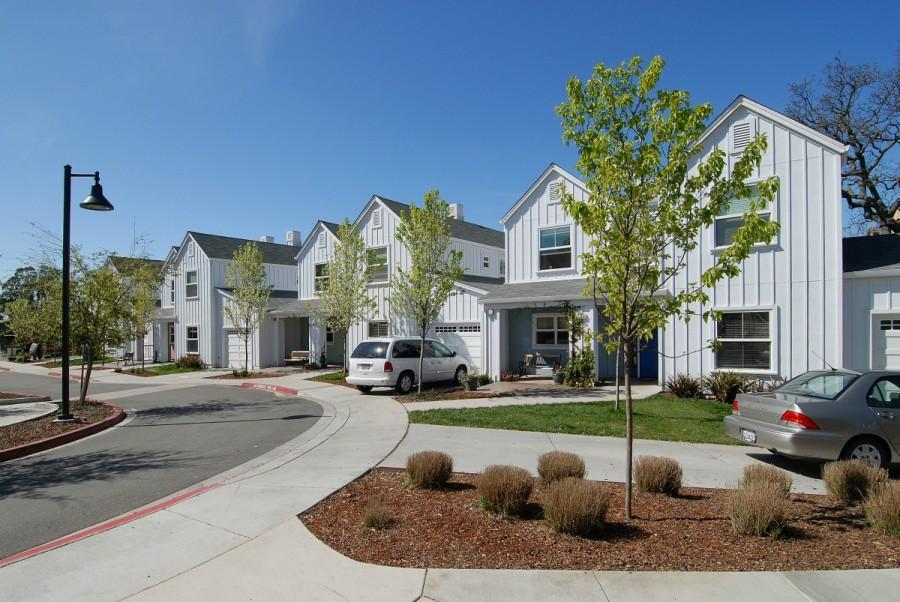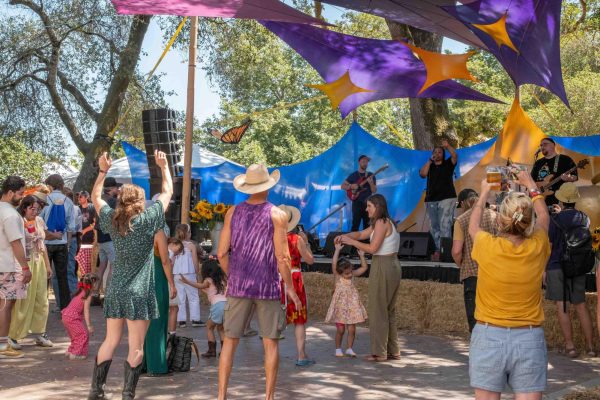It Takes A Village
In a southern corner of Santa Rosa, a community of four houses is home to nearly two dozen children from ages four to eighteen. The Sonoma County Children’s Village was opened in 2006 with the purpose of providing stable homes to foster children and their siblings and avoiding the common affliction of divided families. Organized into four two-story homes, each consists of five bedrooms, four bathrooms, a full kitchen, a living room, laundry facilities, and a garage. The central recreation center features a piano, a small kitchen, a library, computers, televisions, game tables, and staff offices. Outside consists of a garden, a volleyball court, a basketball court, a playground, and large turfed lawn. The “grandparent” apartments are located in the center of the grounds and offer reduced rent to seniors willing to volunteer their time each week. Household chores are divided between kids. Books, board games, and movies line the shelves. The garages are filled with bikes of various sizes. House “parents” are always present and available to drive children to appointments, sports, social events, and other extracurricular activities. Each foster child is welcomed to the Village with the hopes of providing a nurturing home with stability and a plethora of opportunities.
Standard foster care methods, whether in private homes or group homes, can result in a stressful amount of relocation and lack of any constant home. As a large system, children are placed where possible and without regard to family members. 11,124 Californian foster children, in July of 2015, were placed without any of their siblings. Around half of all foster children receive their high school diploma and a staggering 70% of prison inmates in California are former foster children. However, every child that has graduated from the Village has completed high school and either continued to college or acquired stable employment.
The Children’s Village is officially licensed as a group home because of the lack of an official name for its very individual setup. In October of 2015, a new California law aimed to restrict the amount of children directed to foster homes resulted in reduced referrals of siblings to the Village and as a result, funding was cut. By the end of October, the remaining 16 foster children at the Children’s Village packed their bags and were moved to local foster care facilities.
While the Village remains empty, its supporters fight to relabel the village and reopen its doors. Those who know and value the power of the Children’s Village have sent out checks and letters in an effort to delay a permanent shutdown. Unfortunately, personal letters by staff, foster children, volunteers, and supporters written to the governor, senators, the president, celebrities, and the famously generous Ellen DeGeneres have not yet swayed success. The week before Christmas, the emptying process began, stripping sheets and towels and boxing books and movies. A “for sale” sign has been erected, and staff members are forced to look elsewhere to direct their passion. The sidewalks of Lia Lane remain empty and silent. Until this changes, those who value the work of the Children’s Village can send an email to [email protected] or check their Facebook page to learn how to help.





